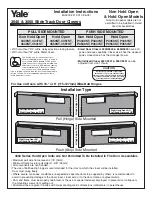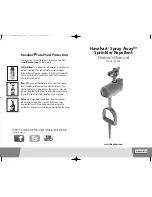
Design Information | 3
M2050222_en | Installation instructions Lambdamat LM 1500 KOM
13
Additional requirements for Switzerland
The filling and make-up water must be demineralised (fully purified)
▪ The water must not contain any ingredients that could settle and accumulate in the system
▪ This makes the water non-electroconductive, which prevents corrosion
▪ It also removes all the neutral salts such as chloride, sulphate and nitrate which can weaken
corrosive materials in certain conditions
If some of the system water is lost, e.g. during repairs, the make-up water must also be
demineralised. It is not enough to soften the water. The heating system must be professionally
cleaned and rinsed before filling the units.
Inspection:
▪ After eight weeks, the pH value of the water must be between 8.2 and 10.0. If the central
heating water comes into contact with aluminium, the pH value must be between 8.0 and 8.5
▪ Yearly. Values must be recorded by the owner
3.6 Pressure maintenance systems
Pressure maintenance systems in hot-water heating systems keep the required pressure
within predefined limits and balance out volume variations caused by changes in the hot-
water temperature. Two main systems are used:
Compressor-controlled pressure maintenance
In compressor-controlled pressure maintenance units, a variable air cushion in the
expansion tank is responsible for volume compensation and pressure maintenance. If the
pressure is too low, the compressor pumps air into the tank. If the pressure is too high, air
is released by means of a solenoid valve. The systems are built solely with closed-
diaphragm expansion tanks to prevent the damaging introduction of oxygen into the
heating water.
Pump-controlled pressure maintenance
A pump-controlled pressure maintenance unit essentially consists of a pressure-
maintenance pump, relief valve and an unpressurised receiving tank. The valve releases
hot water into the receiving tank if the pressure is too high. If the pressure drops below a
preset value, the pump draws water from the receiving tank and feeds it back into the
heating system. Pump-controlled pressure maintenance systems with
open expansion
tanks
(e.g. without a diaphragm) introduce ambient oxygen via the surface of the water,
exposing the connected system components to the risk of corrosion. These systems offer
no oxygen removal for the purposes of corrosion control as required by VDI 2035 and
in
the interests of corrosion protection should not be used
.














































